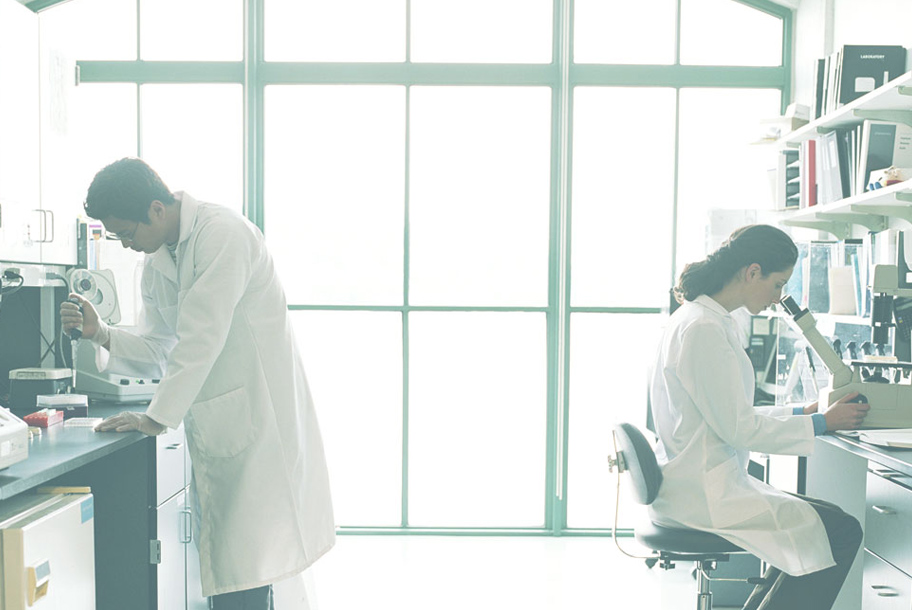A consumer cannot define whether a drug or another medicinal product is valid and safe to use. Sometimes not even a testing alone can determine and ensure 100% quality of pharmaceuticals. For this reason, regulators use Good Manufacturing Practices (GMPs) and instruct regulations to assure that drugs are developed under appropriate conditions, while preserving quality, integrity and usability at every step.
Good Manufacturing Practice is part of quality assurance in clinical trials and is related to both concerned with both production and quality control. It is also closely linked to quality assurance systems which are aimed at covering active pharmaceutical ingredients as well as drugs and outlining all of their related aspects of developing, testing and marketing in order to guarantee for the quality and usability of the product itself. Initially, GMP has the purpose to primarily eliminate any risks which may accompany the process of pharmaceutical production. Generally speaking, there are two types of such risks: cross contamination and mix-ups (confusion) which could be the result of incorrect labeling on containers. What are some of the specifics of GMP?
In order for one organization or company to be compliant with GMP specifications, it should make sure that all of the outlines aspects bellow are followed and kept.
- Each and every manufacturing procedure must be clearly presented and regularly reviewed
- All manufacturing processes must demonstrate readiness and capacity to manufacture high-quality drugs and medicinal products in compliance with their requirements and applicable conditions
- Consistent performance of qualification and validation
- Providing compulsory resources such as: well-trained, experienced and qualified personnel; well-suited establishments with necessary equipment; suitable services; proper materials, containers as well as labels; previously accepted instructions, practices and methodologies to be used; approved storage and transport of medicaments
- Clearly written instructions and procedures
- Hiring qualified operators
- Making and keeping detailed records
- Using proper system to track history and trace any batch of pharmaceutical from sale or supply
- Examining complaints about already marketed products
- And just like any other GxP or procedure which is part of clinical research, there is a need of adequate documentation along the way
What is the role of documentation and why is it so important to GMP?
Documentation also has a very crucial role in quality assurance systems. Keeping clearly written procedures is essential as they allow for monitoring activities which have already been conducted. But this is not all as good documentation can also deter possible errors which derive from verbal exchange of information.
In essence, good documentation is the result of good practices and it contributes to the formation and preparation of a much more consistent broader picture which shows what a manufacturing action has previously done and what is currently doing. Moreover, it builds up the foundation of a useful planning for what needs to be done in the future and how it can be achieved. And since the importance of documentation is so huge, a lot of regulatory check-ups, inspections and audits focus on exploring and evaluating documents as well as records of research companies.
All in all, experts involved in manufacturing of drugs, Quality Assurance and Quality Control professionals, operations and manufacturing personnel, validation staff, engineers, managers and others should fully understand the impact of GMPs and good documentation on clinical research. In relation to this, Astra Nova offers online training on Good Manufacturing Practice Online which not only delivers significant information but also provides with practical examples and video materials.
If you are interested, click on the link bellow.
Good Manufacturing Practice | Online Courses | Astra Nova (crotraining.co.uk)





